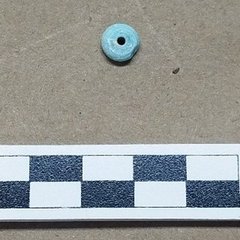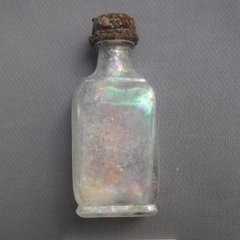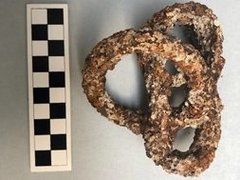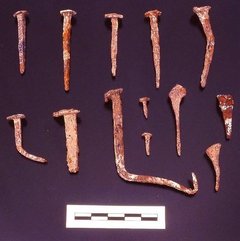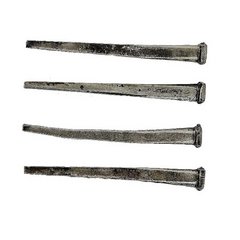For our third Archaeology Month post, we are going to highlight two different artifacts classes that are frequently encountered at historic sites, like the Alamo: Glass and Metal.
Glass
The origin of glass production is still uncertain but was likely in Mesopotamia or Egypt around 5000 BCE. The first glass may have been an accidental invention that resulted from experimentation with ceramic glazes. Faience was the first glass-like object produced, and it reached full technological development in Egypt. Faience was made by creating a glaze layer over a silica core. The silica never completely melts, which creates a final product that is an intermediate material between a glaze and true glass. The first examples of true glass objects come from around 2500 BCE in Syria and around 2200 BCE in Egypt. Glass objects and glass production were brought to the Americas by the Europeans and was not present in Texas until the Spanish arrival.
Glass artifacts can come in many forms: containers, windowpanes, beads and jewelry, and even toys. Like most artifacts, glass artifacts are usually broken when archaeologists find them, but complete artifacts are also recovered. Glass is a great artifact because it can represent various activities and to time periods.



